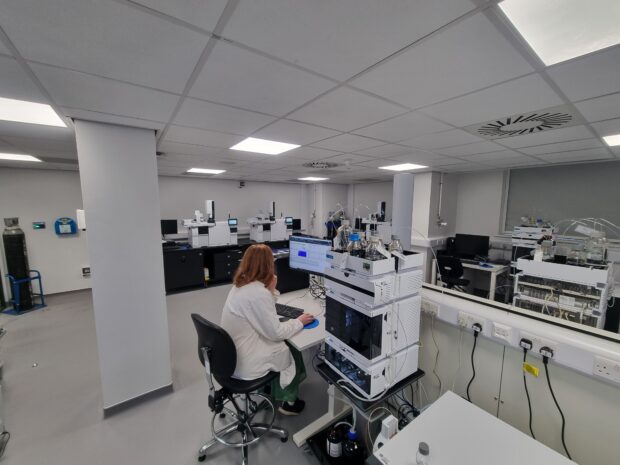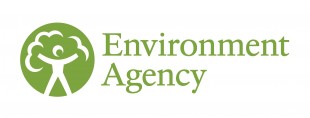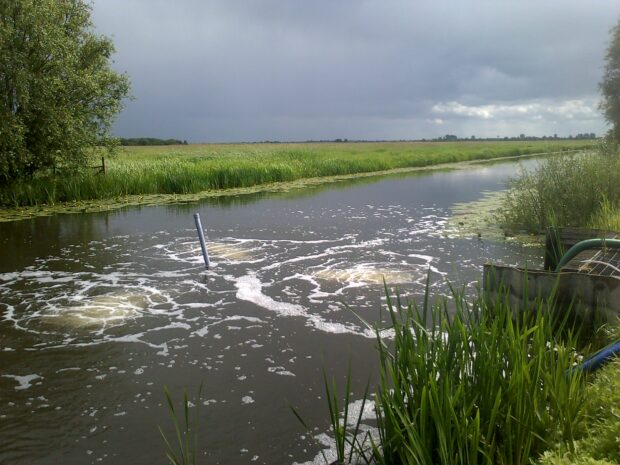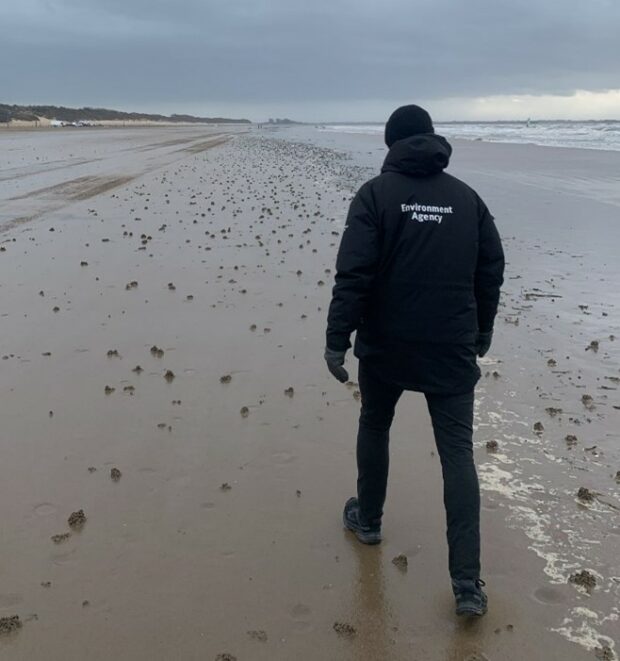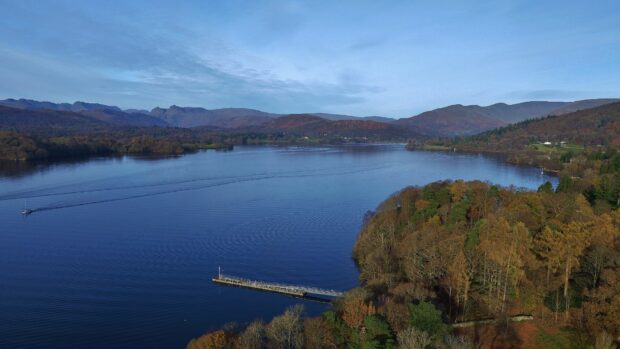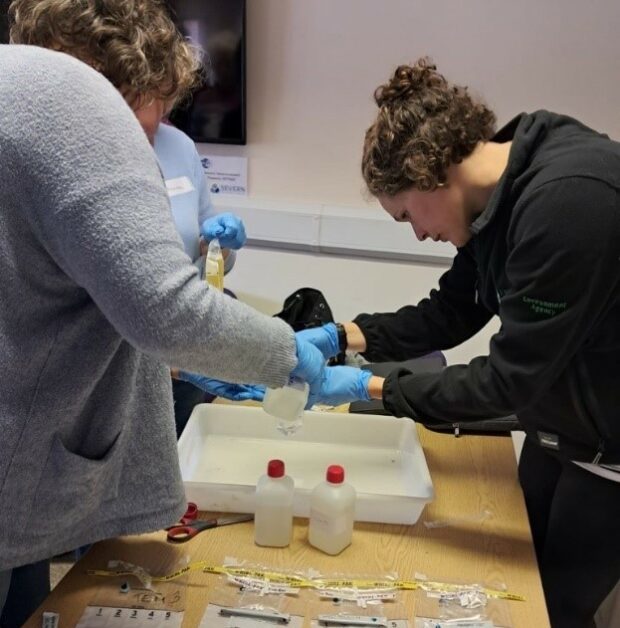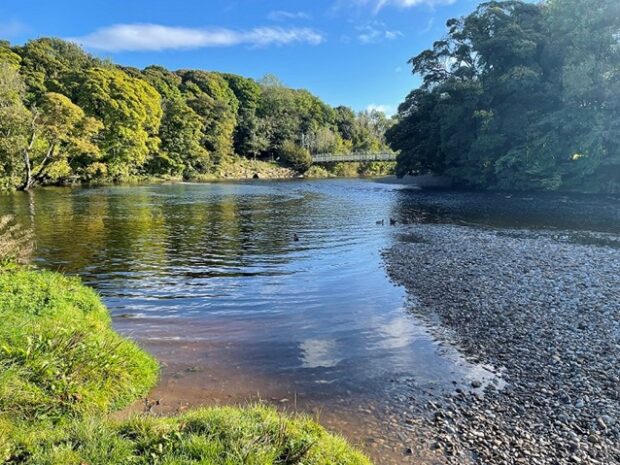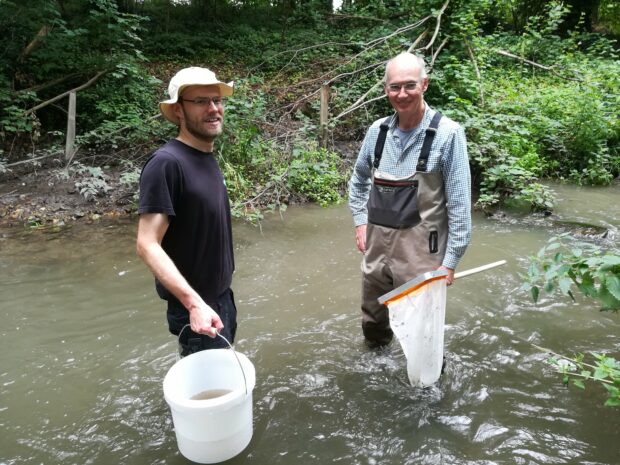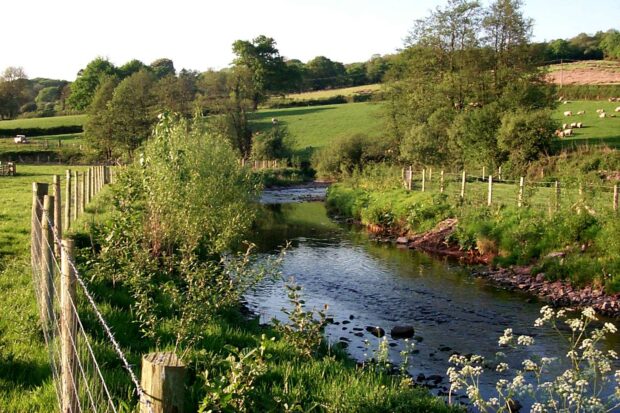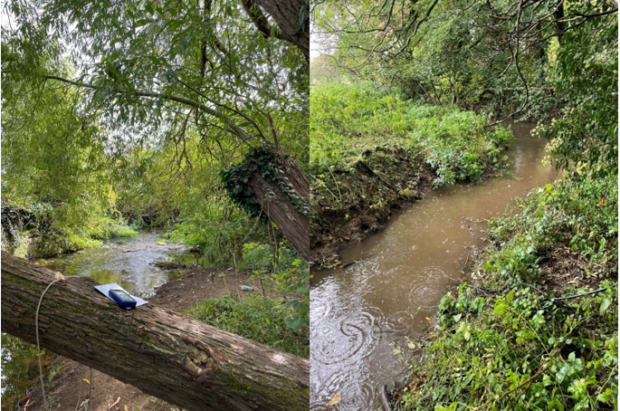Enhancing our scientific capabilities to understand and monitor England's rivers, lakes and coastal waters. Investing in Scientific Excellence The Environment Agency (EA) has taken an important step forward in enhancing our water monitoring capabilities with a £4 million investment in …
My name is Rupert Wilson and I am the Field Team Leader in the Ouse Washes Field Team in East Anglia. Our team plays a crucial role in the Management of the Ouse Washes Flood Storage Reservoir. The Ouse Washes …
In a new blog, Abolanle Elizabeth Odusanya from the Lincolnshire and Northamptonshire hydrology team explains more about the wonderful world of hydrology; what it consists of and why it is important to the Environment Agency, particularly in the East of …
Today, 26 November, the Environment Agency and Defra published the annual classifications of bathing water sites in England. The results follow testing of England’s 450 designated sites throughout the May to September bathing season. 92% of bathing waters in England …
Today we are looking at misleading coverage of BBC’s reporting on United Utilities’ permit breaches at Glebe Road Pumping Station, Lake Windermere.
My name is Lydia Ashworth and I have been a Citizen Science Coordinator for the Environment Agency in the West Midlands since July 2023. In this blog, you can find out about the Environment Agency’s ‘Supporting Citizen Science Project’ and …
In December 2020, a stretch of the River Wharfe at Cromwheel, Ilkley, in Yorkshire was designated a bathing water by Defra,the first section of a river in the country to become a bathing water. Yorkshire’s Bathing Waters lead Claire Campbell …
Citizen science initiatives provide invaluable data about our water environment and complement our own monitoring and assessment work, enabling a greater understanding of the issues we face and how together we can take action going forward. John Findlay, who works in the East Anglia analysis and reporting team at the EA, writes here about his …
Understanding the environment is one of the Environment Agency’s main areas of expertise. Taking samples and analysing them in the lab provides the unequivocal evidence we need to identify where the problems are and where we need to secure investment to make improvements.
Chloe Hayes, Environment Monitoring Officer in the Environment Agency’s East Midlands area, explains how teams are working together to improve water quality in the River Ryton in Worksop, Nottinghamshire.
